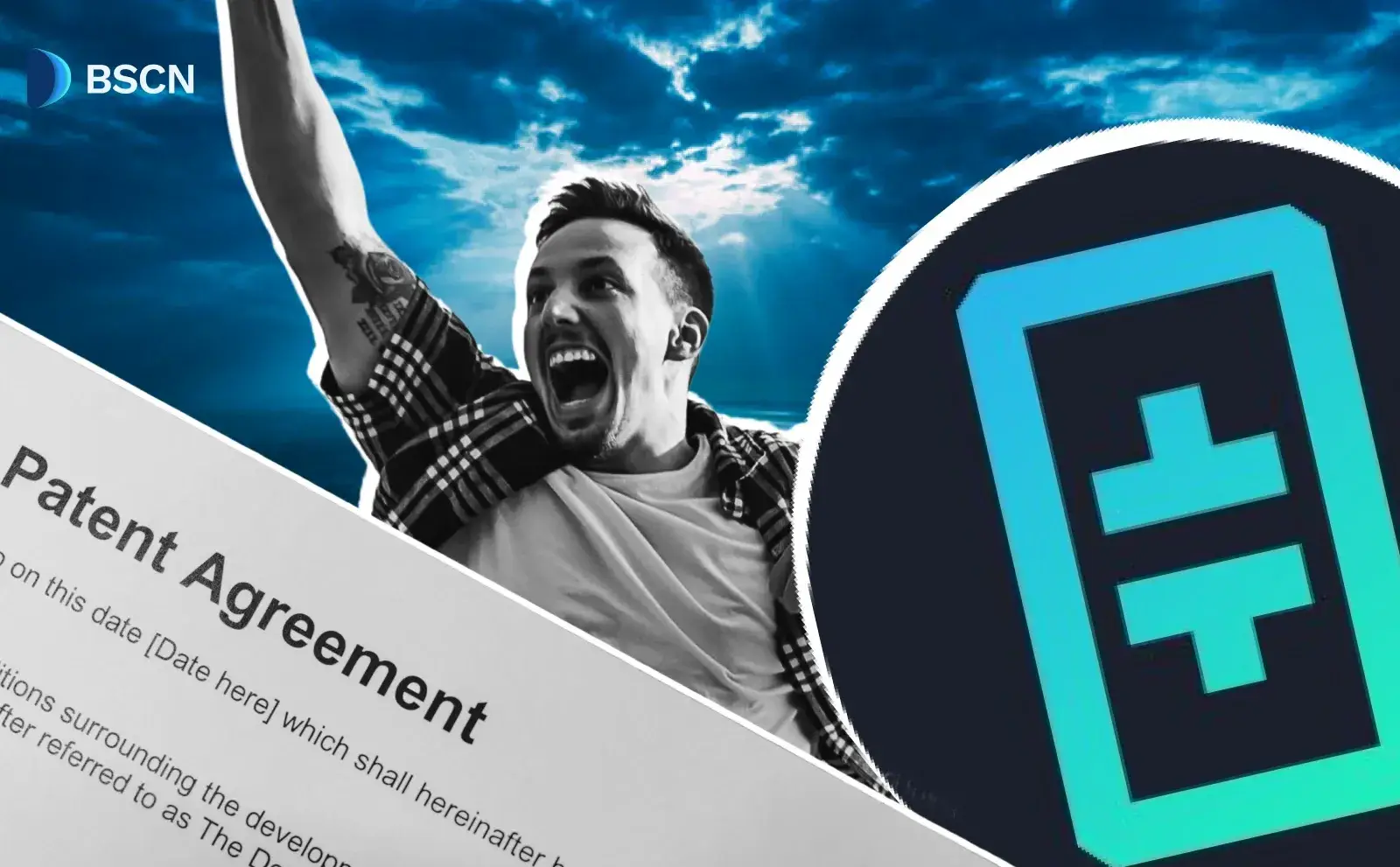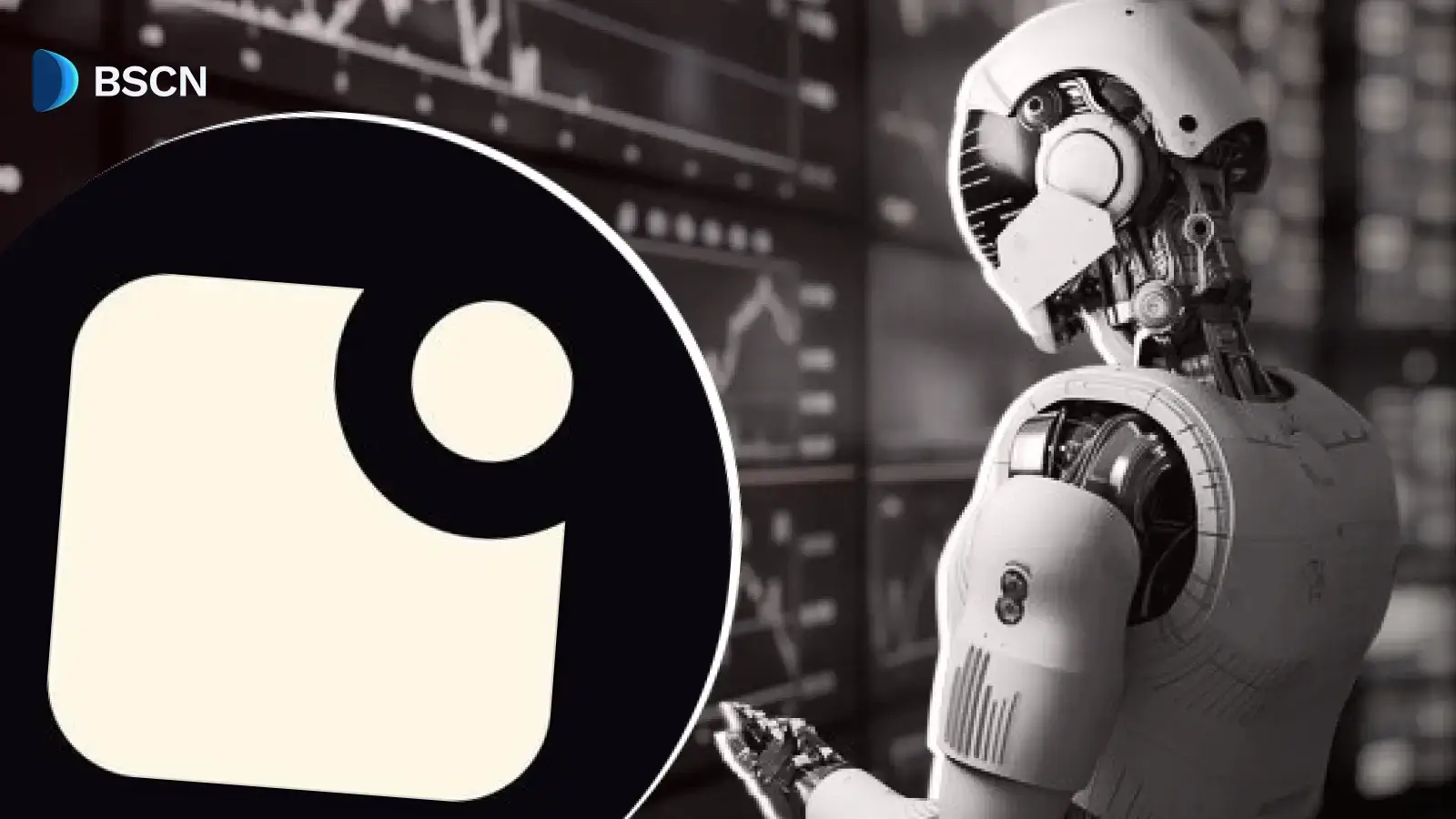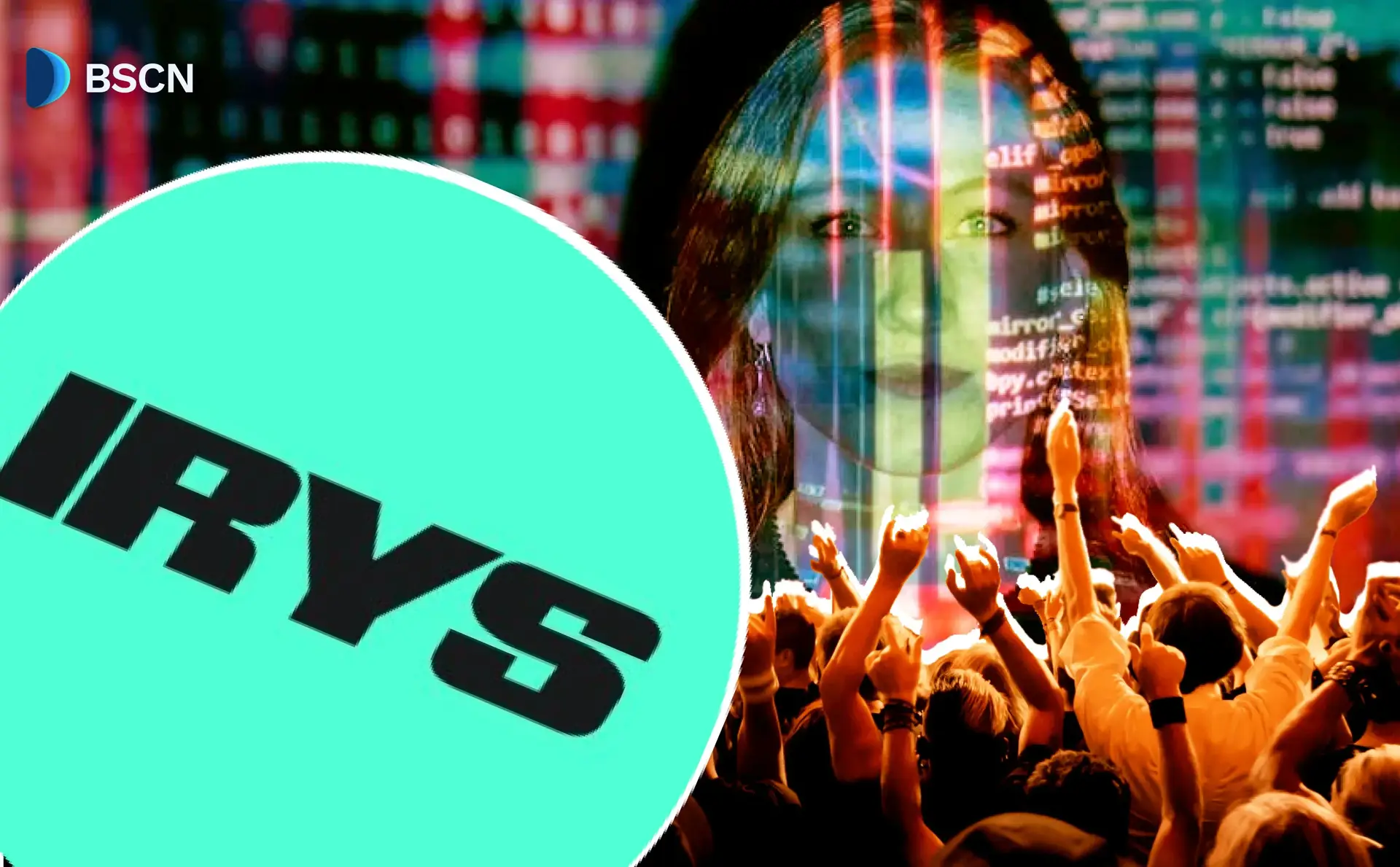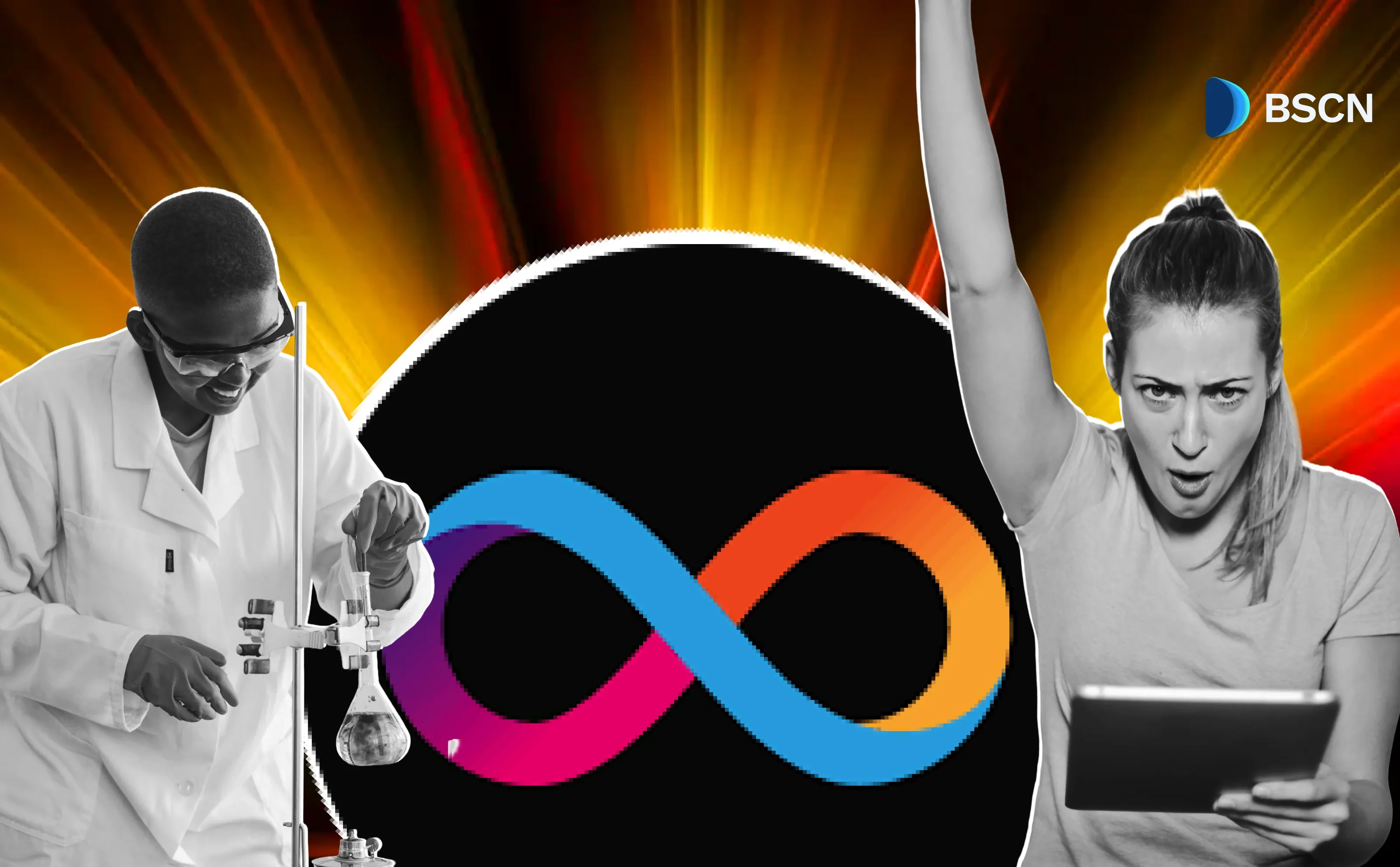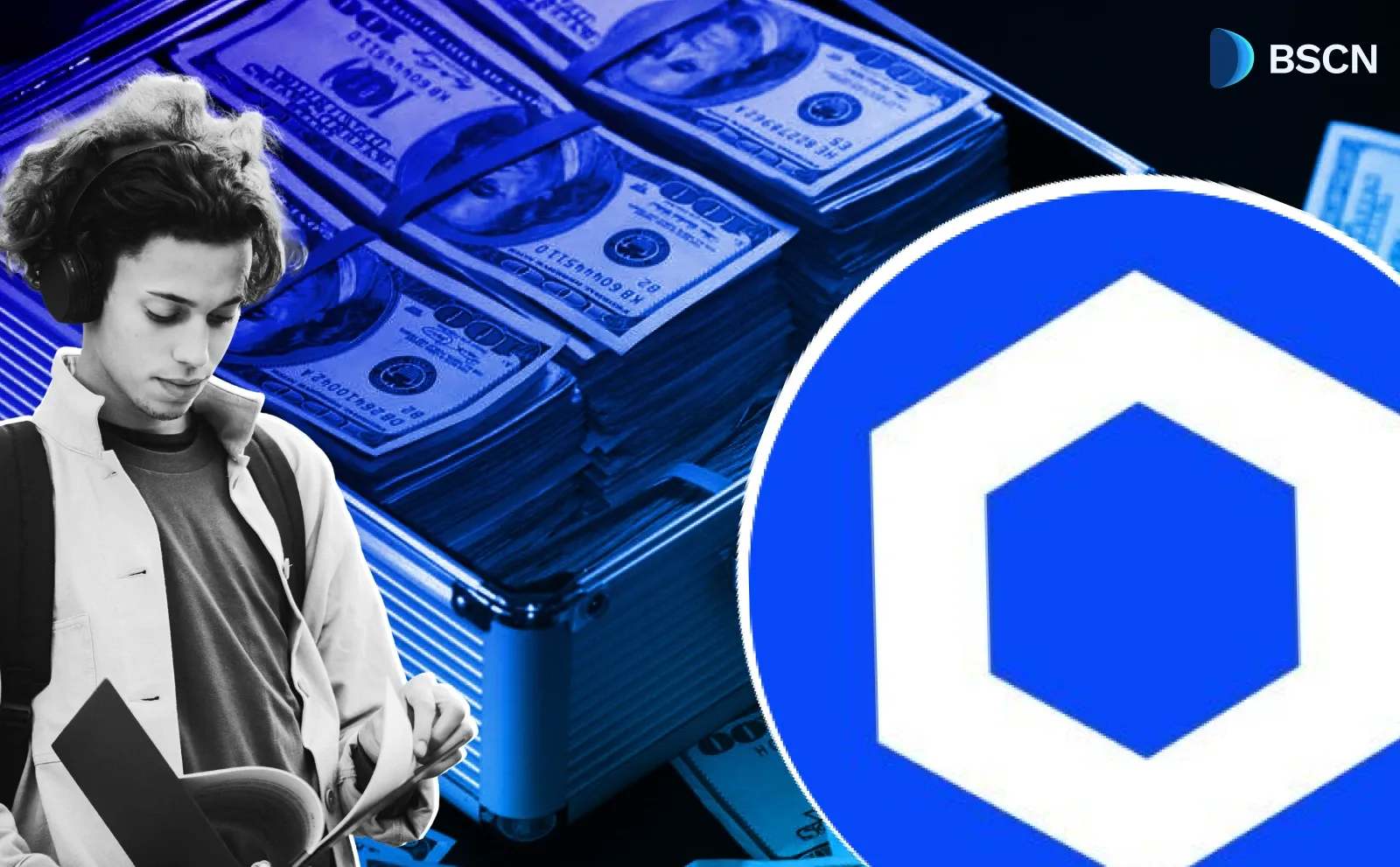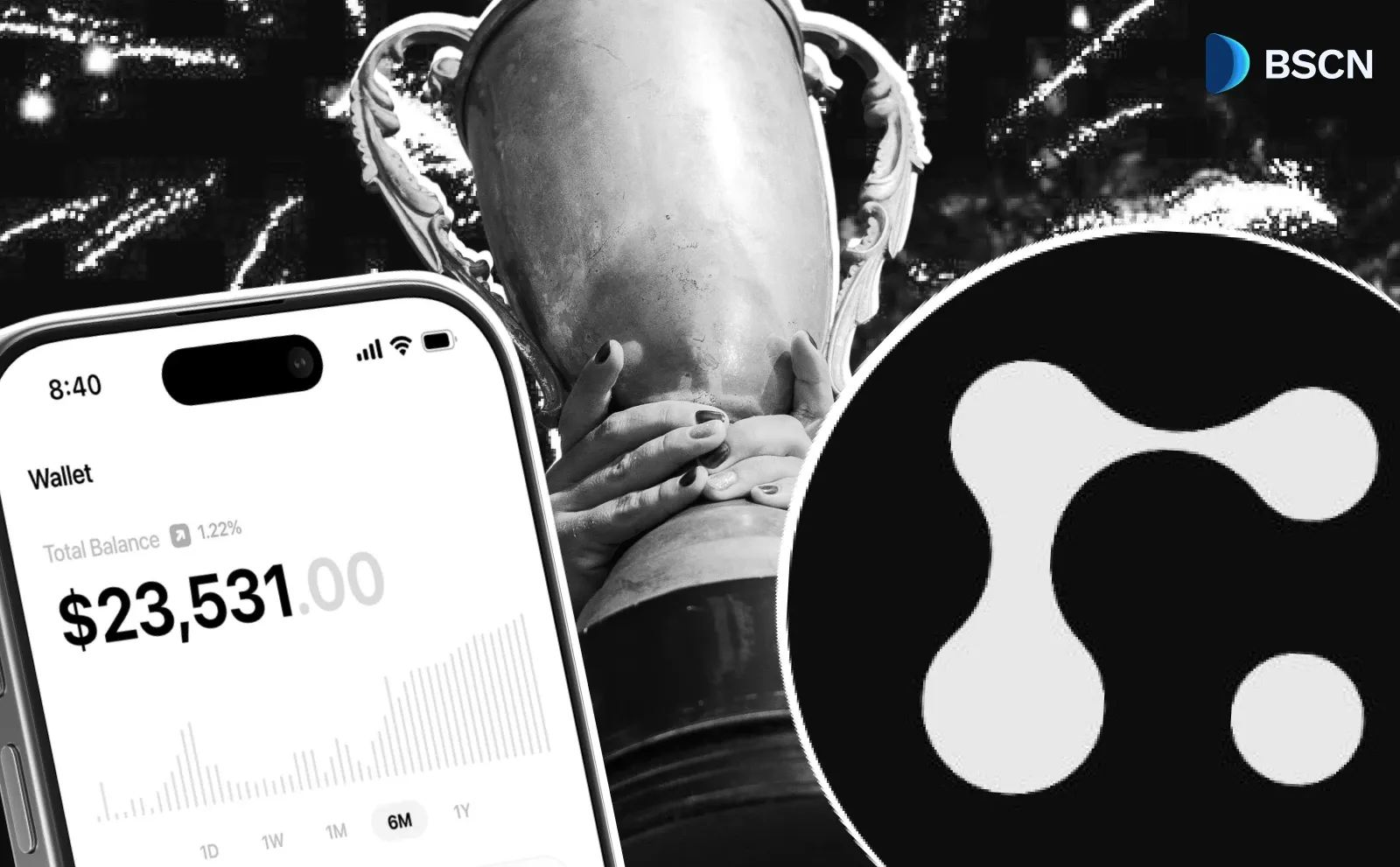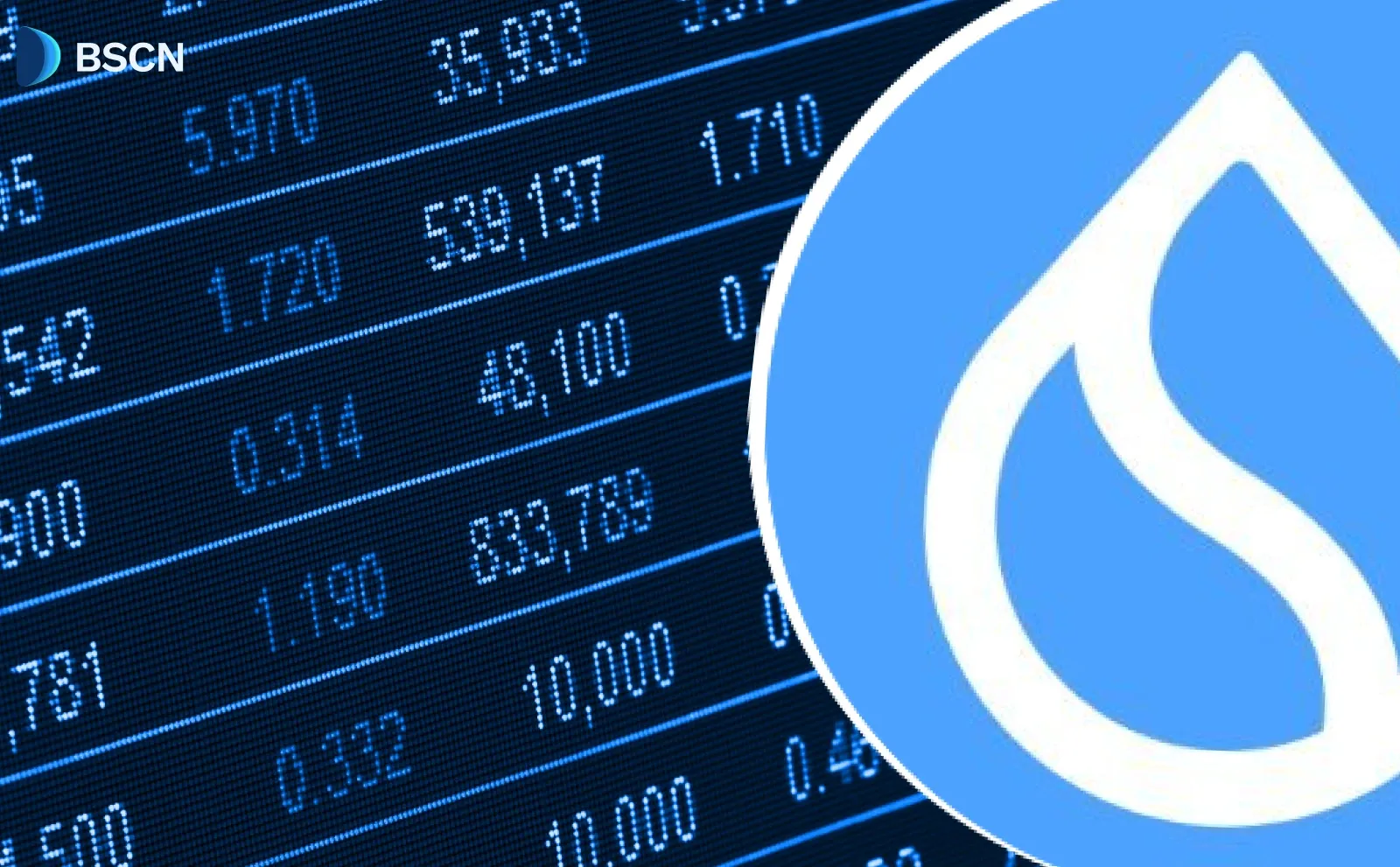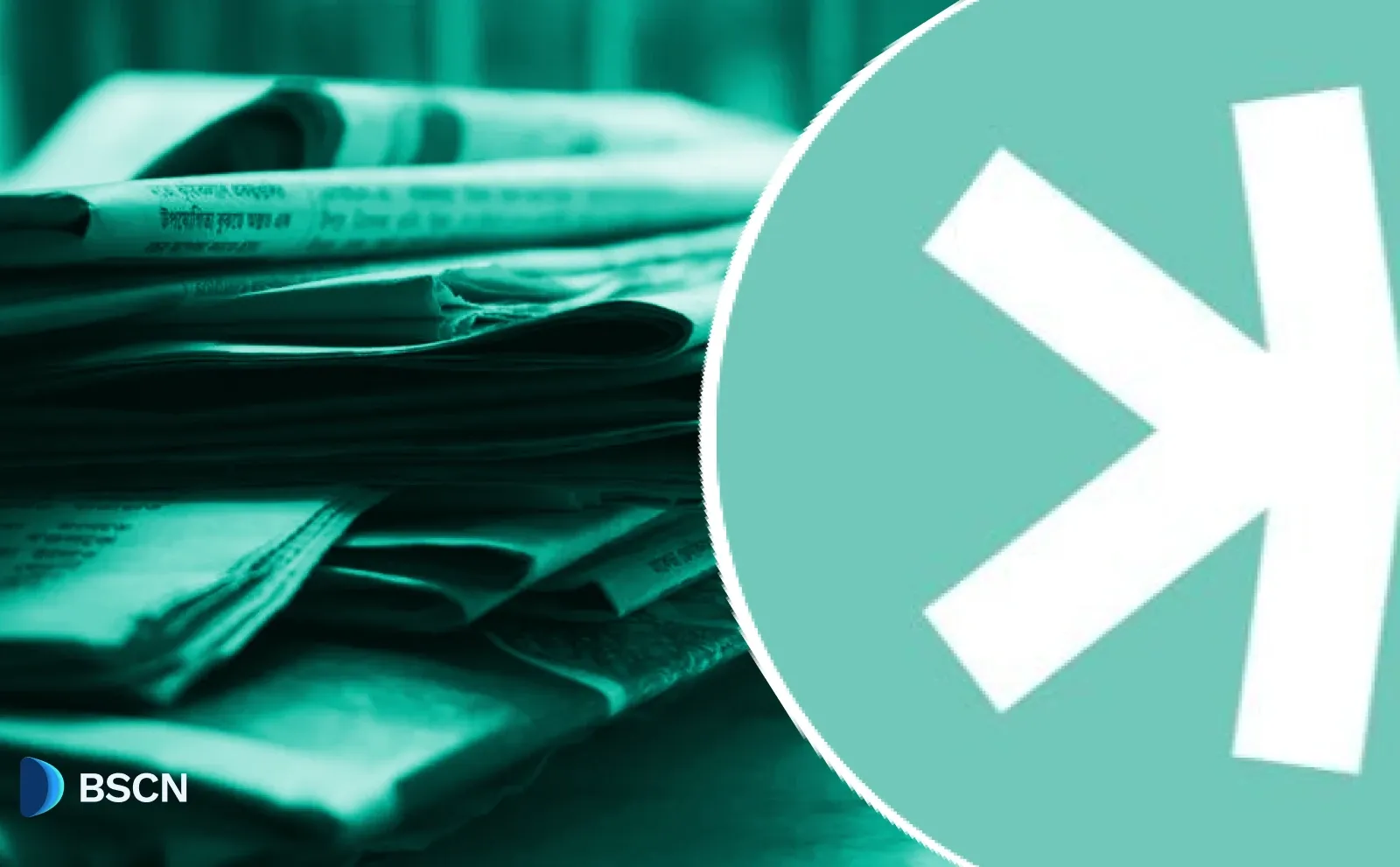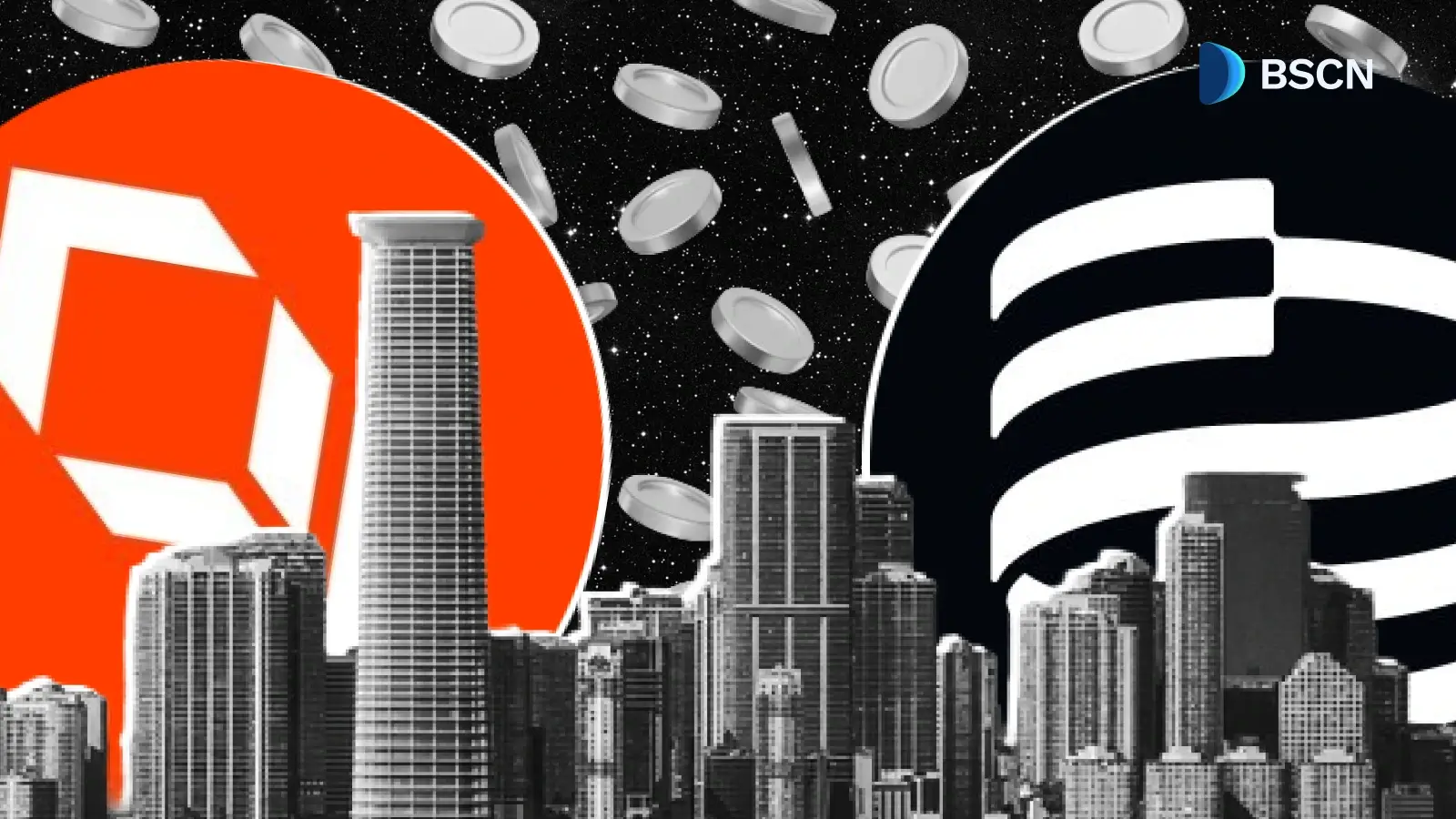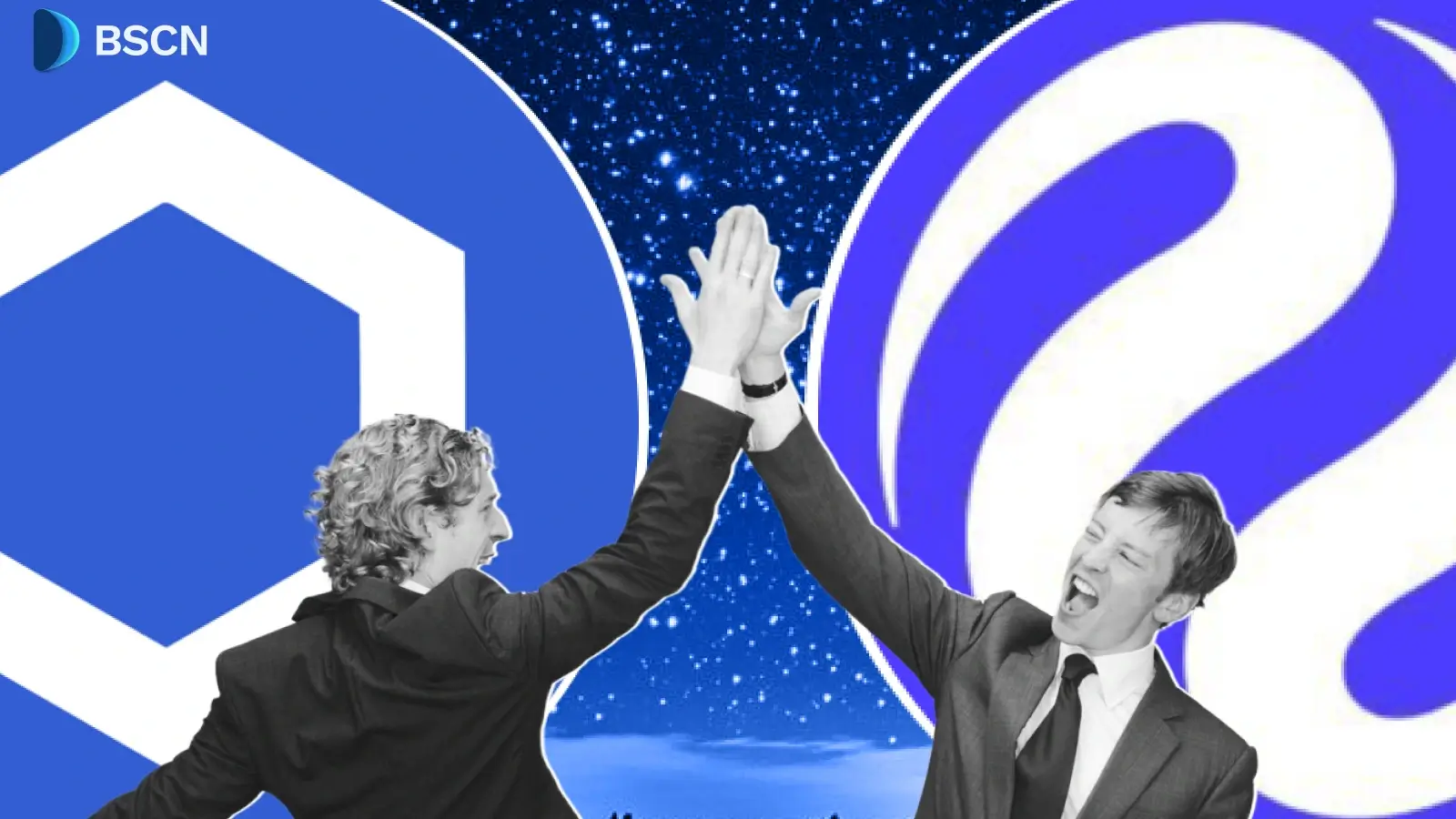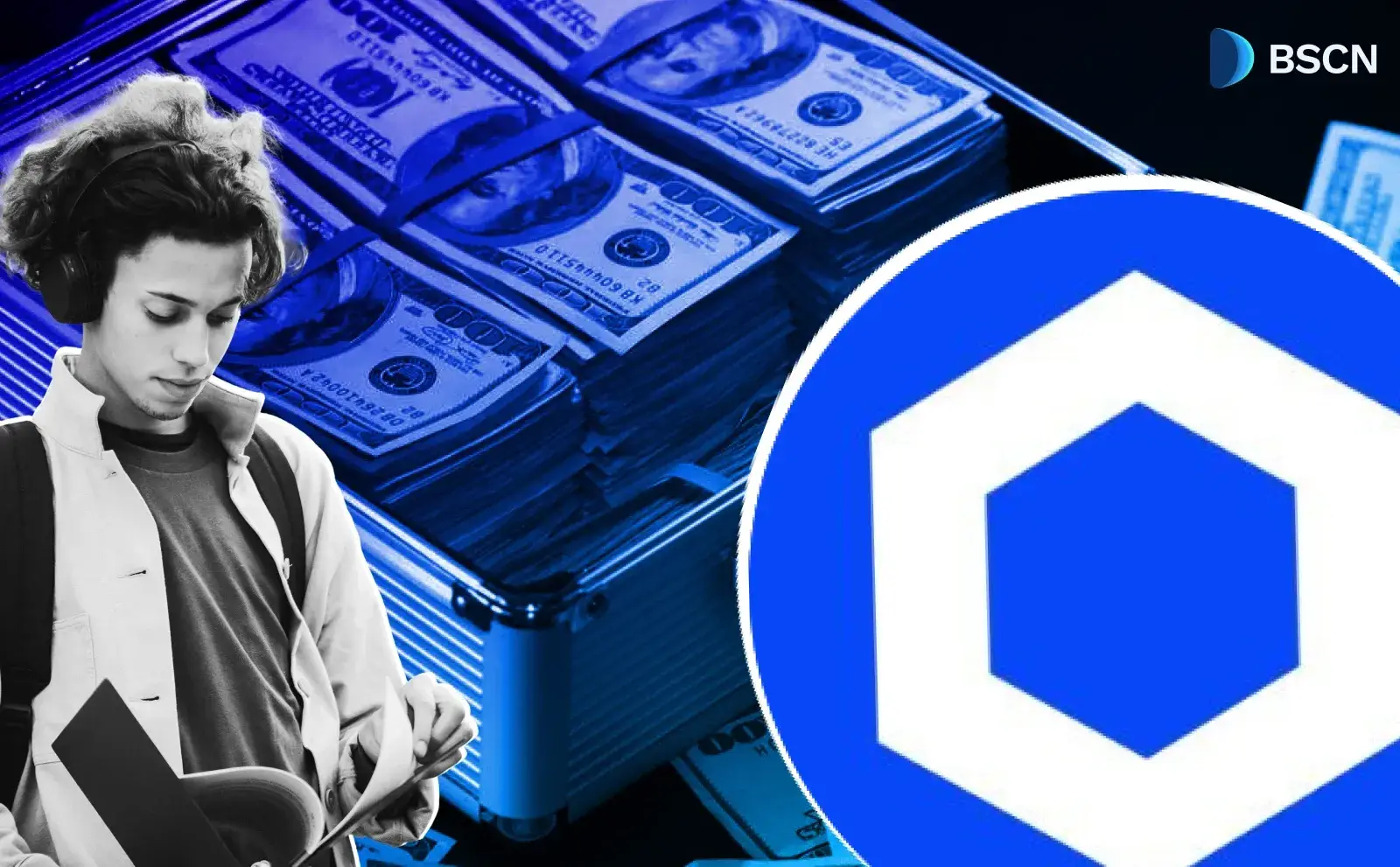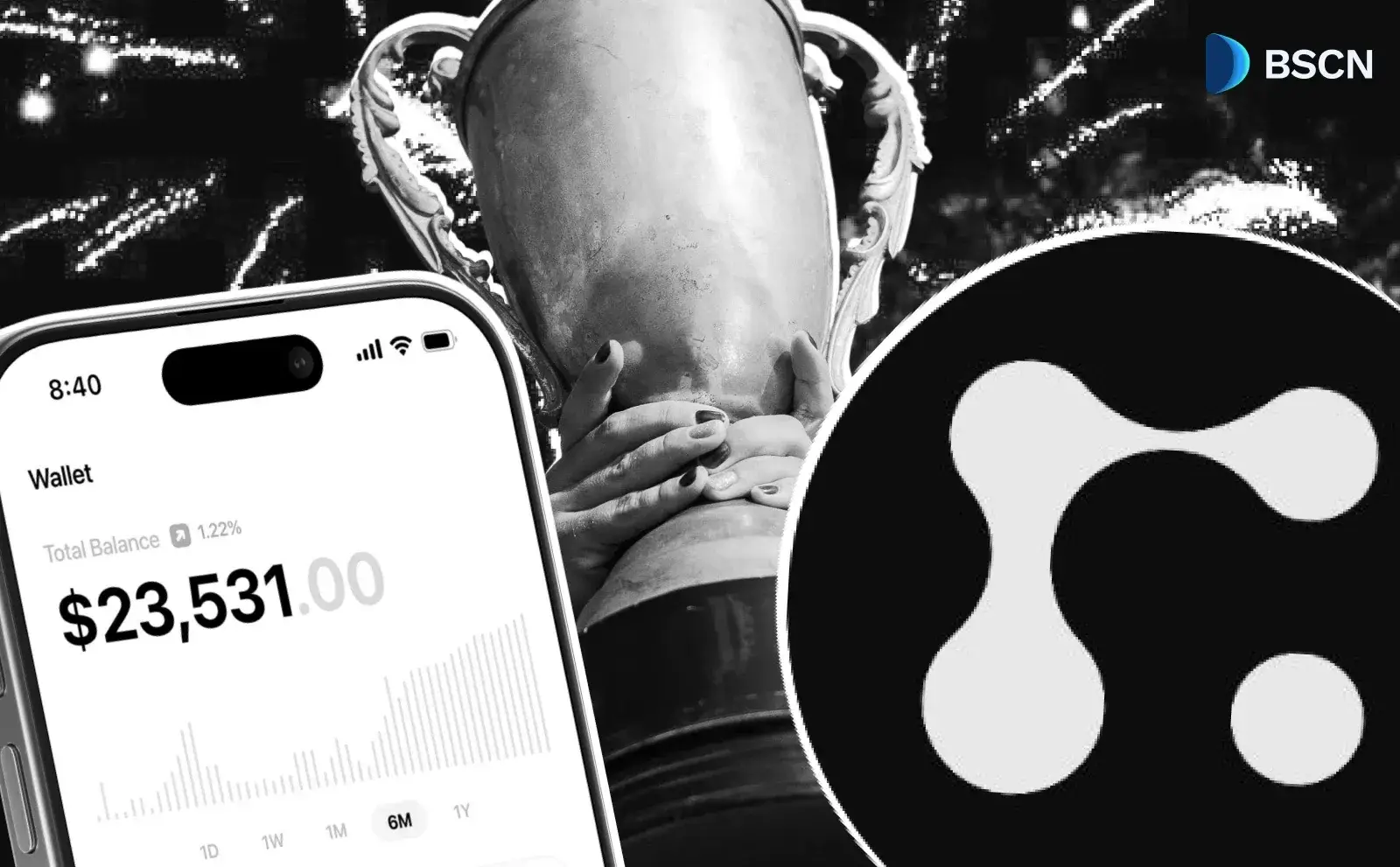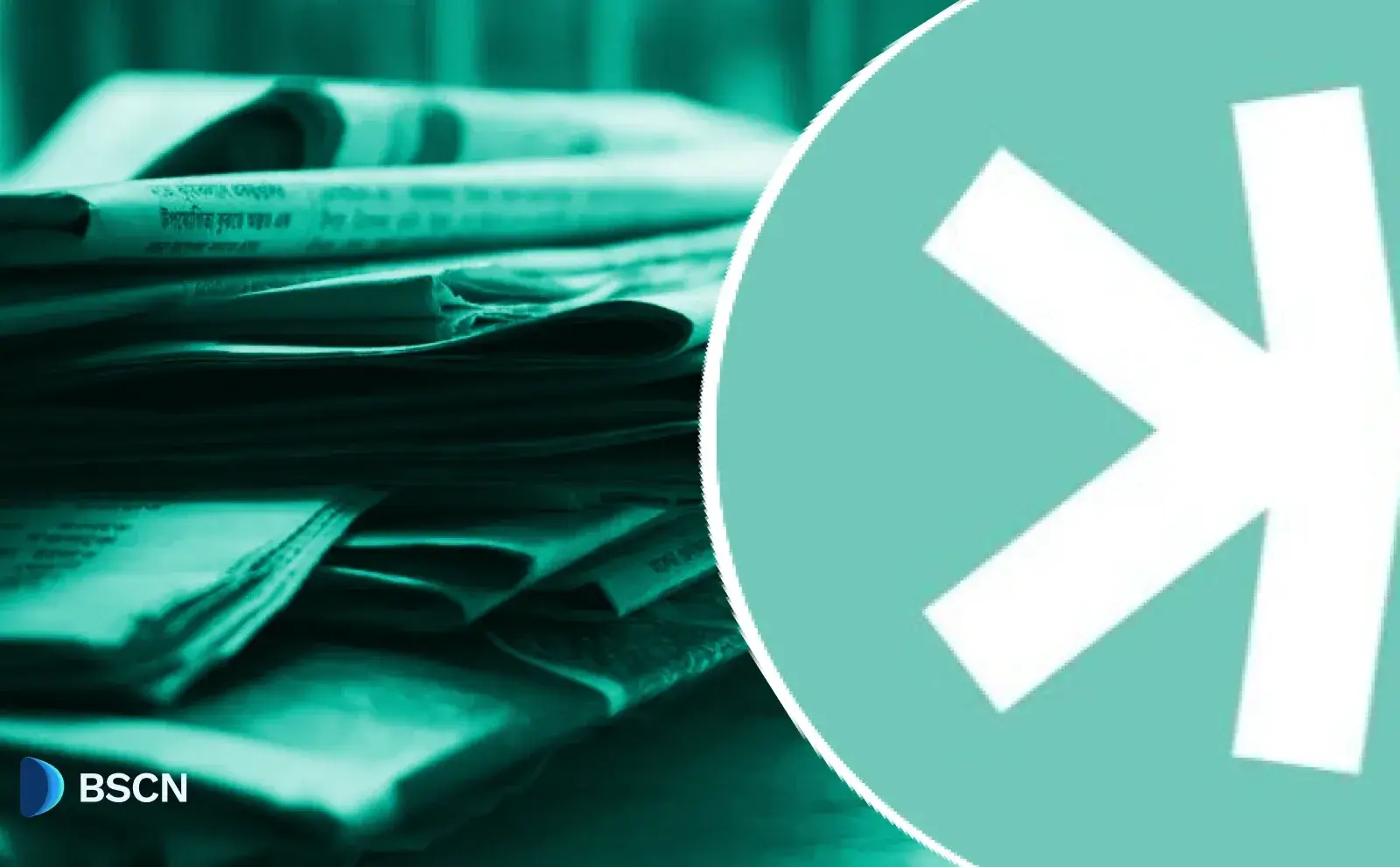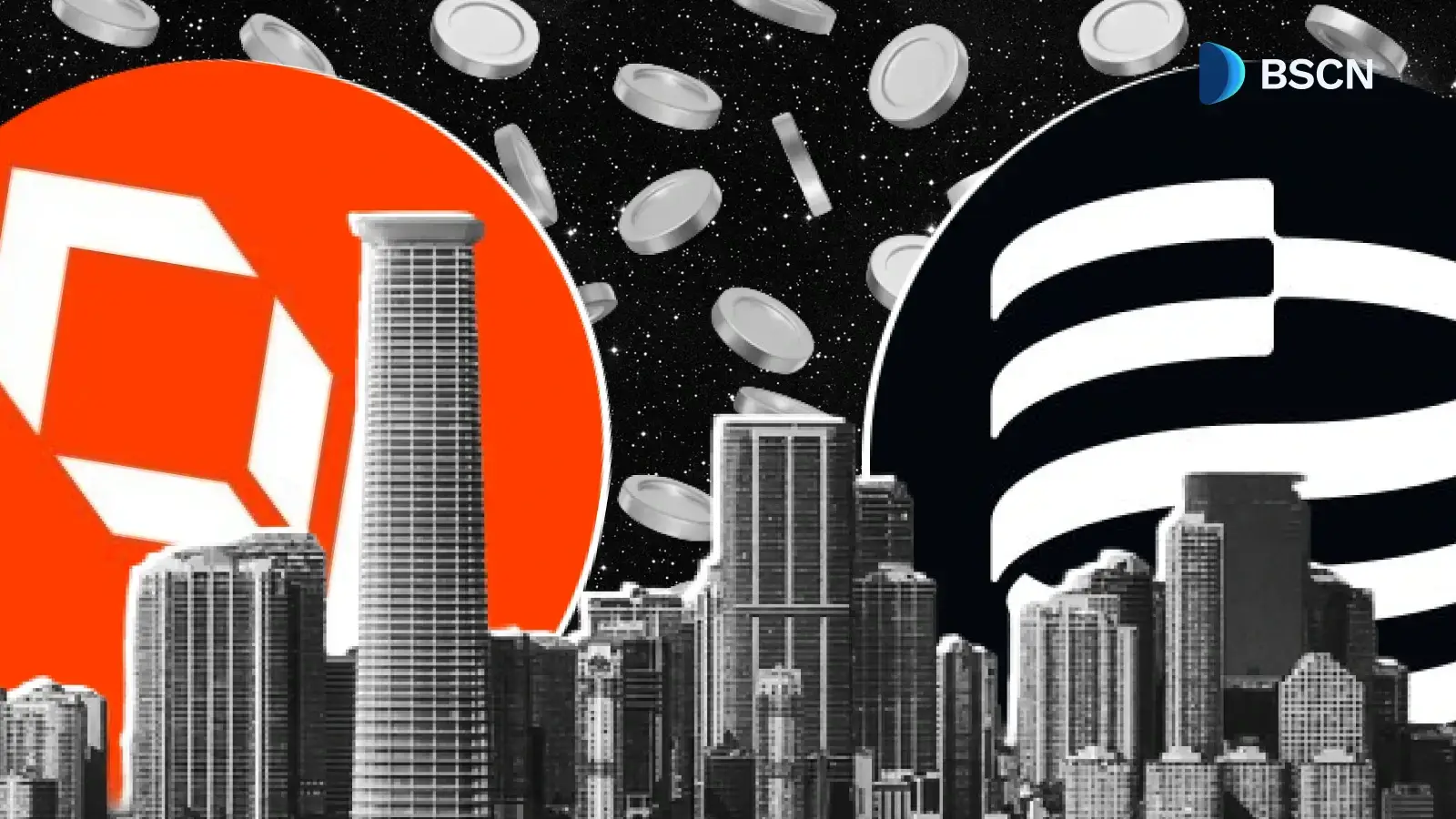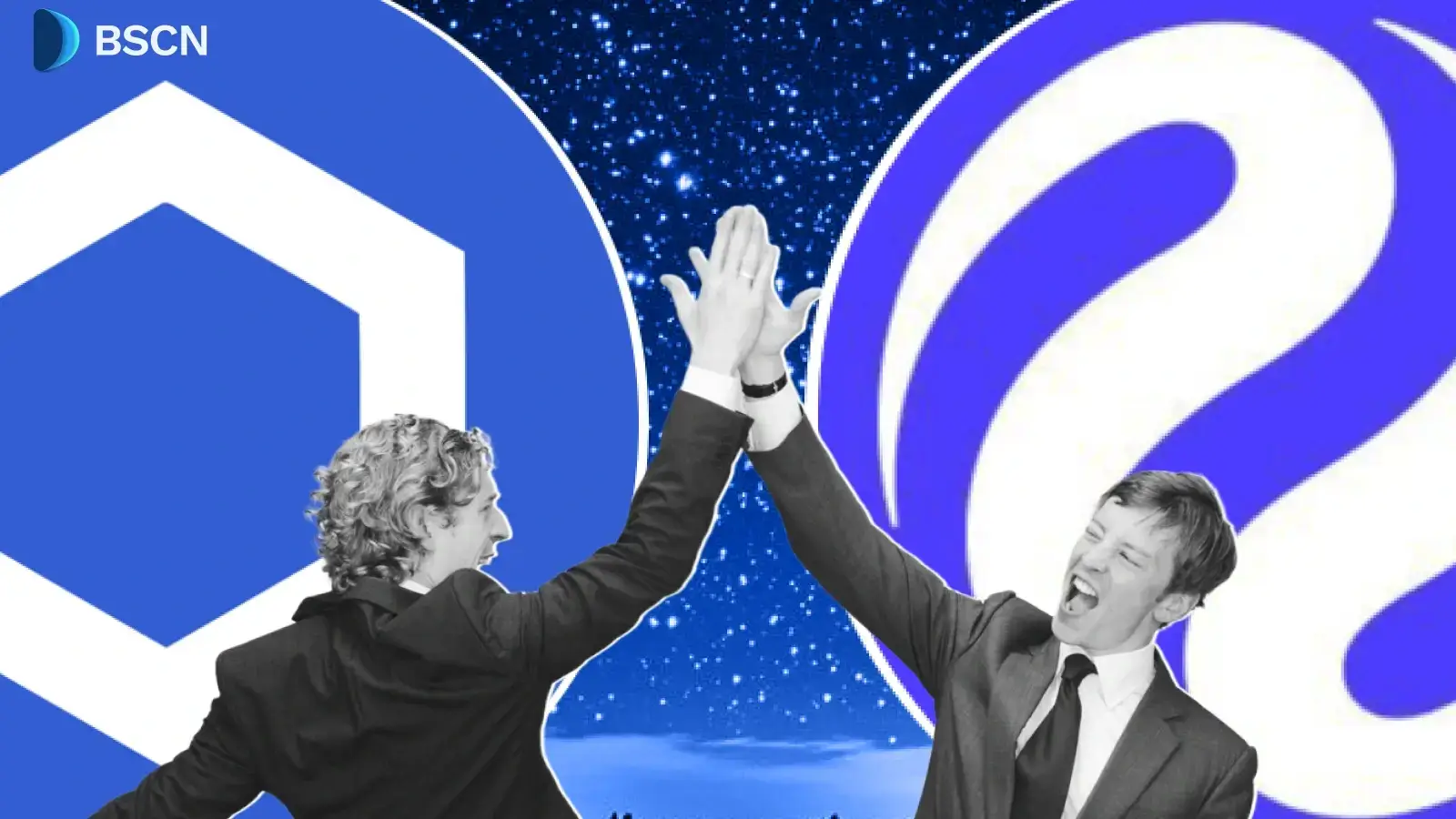Research
(Advertisement)
Hedera's 2025 Milestones: Network Updates and $HBAR's Robinhood Debut

Hedera has made significant progress in 2025, crowned by hackathons and its recent listing on Robinhood.
UC Hope
August 15, 2025
(Advertisement)
Table of Contents
In 2025, Hedera achieved several key updates and milestones across its distributed ledger technology network, including the July listing of its native token $HBAR on Robinhood, which expanded trading access for retail users.
Other developments focused on real-world asset tokenization, AI agent integrations, central bank digital currency pilots, and enterprise adoptions, reflecting steady progress in the platform's ecosystem up to mid-August. With this in mind, our research aims to explore the project’s key developments since the start of the year.
Tokenization Sessions and Industry Appearances in Early 2025
Hedera began the year with an emphasis on tokenization, hosting a session at Halborn ACCESS. Held at the New York Stock Exchange on January 24, the event featured Greg Bell from the HBAR Foundation discussing digital assets and applications of distributed ledger technology. Bell also appeared on Fintech TV's "Market Movers: The Opening Bell," broadcast live from the NYSE, where he covered Hedera network operations and HBAR Foundation activities.
Subsequently, HederaCon 2025 took place on February 25 in Denver, Colorado. The conference covered topics including artificial intelligence, real-world assets, and Web3 developments. Speakers included Charles Hoskinson from Cardano, Alisa DiCaprio from Swift, and Spencer Dinwiddie from Calaxy, along with representatives from the Linux Foundation and Dapper Labs.
A panel session explored the real-world asset megatrend, projecting a trillion-dollar market opportunity in tokenization driven by regulatory shifts. Post-event recaps highlighted discussions from experts at Centrifuge, Deloitte, Brale, and RedSwan CRE on institutional interest in tokenizing assets.
Community and Partnership Engagements Through Spring
Hedera collaborated with Binance in March for an AMA session on Binance Square. Greg Bell led the discussion on Circle's USDC stablecoin integration with Hedera, covering network features and participant rewards, and provided insights into the usage of stablecoins on the platform.
April brought multiple events. Charles Adkins, CEO of the HBAR Foundation, joined a main-stage panel at Paris Blockchain Week, alongside executives from the London Stock Exchange Group, Securitize, INX Group, and Cointelegraph. On April 10, a community call featured the HBAR Foundation, Tokeny Solutions, IO Builders, and the Hashgraph Association. The agenda included a first-quarter recap, membership in the ERC3643 Association for token standards, and details on the Hedera Asset Tokenization Studio, which supports asset issuance and management.
Later in April, Sabrina Tachdjian, Head of Fintech and Payments at the HBAR Foundation, presented at Money20/20 Asia. The session outlined processes for issuers and platforms to deploy digital assets using Hedera's tools.
Significant Adoptions and Technological Advances in July
July marked a series of milestones for Hedera. On July 25, Robinhood announced the availability of $HBAR for trading on its platform, reaching over 25 million users. The HBAR Foundation described this as an expansion of network accessibility for retail traders, with community feedback from projects like HashPack Wallet noting positive reception.
Hedera Council member abrdn, in partnership with Archax and Lloyds Bank, enabled tokenized real-world assets to serve as collateral in the UK. This was the first instance of digital assets used in this capacity for foreign exchange trades, demonstrating enterprise-level application of tokenization.
Project Acacia: Australia's Wholesale CBDC Pilot Involving Hedera
Project Acacia is a collaborative research initiative led by the Reserve Bank of Australia (RBA) and the Digital Finance Cooperative Research Centre (DFCRC), announced in July 2025. The project aims to examine the role of new forms of digital money, such as stablecoins and tokenized deposits, in supporting the settlement of tokenized asset transactions within Australia's wholesale markets.
Hedera was selected as one of the distributed ledger technology (DLT) platforms to facilitate the pilot issuance of a wholesale central bank digital currency (CBDC). This selection highlights Hedera's capability to handle regulated financial operations, with the pilot testing 24 specific use cases focused on interoperability between different settlement assets and existing infrastructure.
The initiative builds on earlier CBDC pilots in Australia, incorporating private and public-permissioned DLT platforms, such as Hedera, to evaluate efficiency in atomic settlements and real-time transactions. For instance, the Hedera-based stablecoin AUDD was chosen for two key use cases: atomic settlement and real-time cross-border payments, demonstrating practical applications in tokenized asset markets. The RBA has provided regulatory relief through the Australian Securities and Investments Commission (ASIC) to enable these trials, with participants including major financial institutions.
This project represents a step toward integrating digital assets into Australia's financial system, emphasizing secure, compliant, and efficient settlement mechanisms that do not disrupt traditional banking deposits. Hedera's involvement was publicly noted in official announcements, underscoring its role in advancing wholesale tokenized markets.
Hedera To Earn Platform Launch: Introducing $HTE Token and Cross-App Rewards
The Hedera To Earn (HTE) platform officially launched on the Hedera mainnet in July 2025, positioning itself as a large-scale Web3 rewards ecosystem that connects users with on-chain activities through a unified token system. The platform introduces the $HTE token, which serves as the central reward token for converting earnings from integrated decentralized applications (dApps).
At launch, HTE integrated three established apps: Cashtree (with over 20 million users), Mars Labs (2 million users), and Berryfox, bringing a combined user base of over 24 million into the Hedera ecosystem. Users can earn rewards by participating in activities within these apps, such as completing tasks or engaging in games, and then convert app-specific tokens into $HTE for use across the platform, including staking, trading, or redemption.
The system leverages Blade Wallet for seamless integration, enabling low-cost, high-speed transactions on Hedera's network. This launch aims to drive real-user adoption by focusing on proven utility rather than speculative elements, with partnerships emphasizing scalability and accessibility.
The HBAR Foundation highlighted the initiative as a means to onboard millions to on-chain experiences, marking it as the largest rewards ecosystem on Hedera to date.
Verifiable Compute Introduction: EQTY Lab's Deployment on NVIDIA Blackwell with Hedera
EQTY Lab introduced Verifiable Compute in July 2025, deploying it on NVIDIA's Blackwell platform in collaboration with NVIDIA, Scan Computers, Accenture, and Hedera. This hardware-based solution focuses on governing and auditing AI workflows by providing cryptographic proofs of computation integrity, achieving performance improvements of over 400,000 times compared to software-based alternatives.
Built on secure enclaves within NVIDIA's architecture, Verifiable Compute ensures that AI processes are tamper-proof and verifiable, supporting sovereign AI applications where data integrity and observability are critical. Hedera's role involves anchoring these proofs on its distributed ledger, enabling transparent auditing and real-time enforcement of AI safety protocols. The technology addresses challenges in AI governance by establishing trust at the silicon level, enabling enterprises to monitor and verify computations without compromising performance.
A whitepaper from EQTY Lab details the cryptographic mechanisms, including zero-knowledge proofs and hardware attestation, which integrate with Hedera for immutable record-keeping. This deployment was announced at the Raise Summit 2025, marking a significant step forward in hardware-backed AI tools, with potential applications in regulated industries such as finance and healthcare.
August Developments in Governance, AI, and Hackathons
In August 2025, Hedera advanced its governance through posts emphasizing its Council model supported by Fortune 500 companies, which includes fixed fees and compliance tools. AI developments included the launch of AI Studio as an open-source toolkit for verifiable agents. Hackathons featured the ongoing Hello Future Origins event, with $150,000 in prizes, and the ETHGlobal New York, starting August 15, with $10,000 in Hedera bounties. Here’s a breakdown of key updates in August:
ETHGlobal New York Bounties and Workshop: ETHGlobal New York began on August 15, with Hedera offering $10,000 in bounties across three tracks: AI on Hedera ($3,500 split between two winners for agent-based projects), Hedera EVM for smart contracts and cross-chain integrations ($3,500 split), and an overall winner ($3,000). A workshop led by Ed Marquez on August 15 at 4:30 PM covered EVM deployment, SDKs in JavaScript, Rust, and Java, as well as the creation of AI agents. The event encouraged builders to integrate Hedera's tools for scalable applications.
Hello Future Origins Hackathon: The Hello Future Origins Hackathon ran until August 8, offering $150,000 in prizes for projects in AI agents, DeFi, and sustainability. Support included workshops, AMAs with mentors, and recorded sessions for debugging and pitching. Incentives featured NFT whitelists for a STARTER Developer NFT and swag raffles for live participants. An AMA on August 4 provided final guidance, with recordings available on YouTube.
AI Studio Launch: AI Studio launched on August 6 as an open-source toolkit for building verifiable AI agents on Hedera. Components include ElizaOS for natural language processing, Agent Kit with LangChain integration, OpenConvAI for secure messaging, real-time logging, and a multi-chain provider server for external data connections. The toolkit supports auditable AI apps with tokenization features.
Hedera Poised for More Progress in 2025?
Hedera has demonstrated consistent activity throughout 2025, aligning with regulatory changes in key areas, including digital assets and stablecoins, in significant markets. Media engagements have featured discussions on tokenization processes and applications in artificial intelligence and financial operations. These elements reflect Hedera's ongoing integration with enterprise tools and adherence to compliance requirements within the blockchain field.
Recent efforts have highlighted Hedera's governance framework, backed by large organizations, which incorporates stable transaction fees and built-in regulatory measures. Open-source resources for AI development have been introduced, supporting verifiable processes and facilitating cross-network connections. Community-driven events, such as hackathons offering rewards in decentralized finance and sustainability categories, have promoted builder involvement and ecosystem expansion.
In the meantime, active developer programs emphasize incentives for AI and smart contract projects, aiding network scalability. Supportive policy trends in stablecoins and decentralized finance align with Hedera's capabilities, while partnerships in industries such as telecommunications suggest continued technical and operational advancements in the blockchain sector.
Resources
- Hedera Official Website: https://hedera.com/
- Robinhood Announcement on X: https://x.com/RobinhoodApp/status/1948728040294437043
- Stocktwits Article on Hedera Wins: https://stocktwits.com/news-articles/markets/cryptocurrency/hederas-hat-trick-cbdc-ai-rwas/chrXmS5RdTl
- Hedera To Earn: https://hedera.foundation/blog/hedera-to-earn-launches-on-hedera
Read Next...
Frequently Asked Questions
What are Hedera's major milestones in 2025?
Hedera's 2025 milestones include the $HBAR listing on Robinhood on July 25, the use of real-world asset collateral by abrdn, the Project Acacia CBDC pilot, the launch of Hedera To Earn, and Verifiable Compute on NVIDIA Blackwell, alongside conferences such as HederaCon and ETHGlobal, as well as bounties.
When was $HBAR listed on Robinhood, and what does it mean for users?
$HBAR was listed on Robinhood on July 25, 2025, allowing trading for over 25 million users and increasing retail access to Hedera's native token through a familiar brokerage app.
How is Hedera involved in AI and tokenization developments?
Hedera supports AI through tools like AI Studio for verifiable agents and integrations with Anthropic for USDC payments. In tokenization, it enables real-world asset collateralization, stablecoin issuance via Stablecoin Studio, and sessions on liquidity unlocking at events such as Paris Blockchain Week.
Disclaimer
Disclaimer: The views expressed in this article do not necessarily represent the views of BSCN. The information provided in this article is for educational and entertainment purposes only and should not be construed as investment advice, or advice of any kind. BSCN assumes no responsibility for any investment decisions made based on the information provided in this article. If you believe that the article should be amended, please reach out to the BSCN team by emailing [email protected].
Author
 UC Hope
UC HopeUC holds a bachelor’s degree in Physics and has been a crypto researcher since 2020. UC was a professional writer before entering the cryptocurrency industry, but was drawn to blockchain technology by its high potential. UC has written for the likes of Cryptopolitan, as well as BSCN. He has a wide area of expertise, covering centralized and decentralized finance, as well as altcoins.
(Advertisement)
Latest News
(Advertisement)
Crypto Project & Token Reviews
Project & Token Reviews
Comprehensive reviews of crypto's most interesting projects and assets
Learn about the hottest projects & tokens

